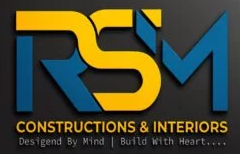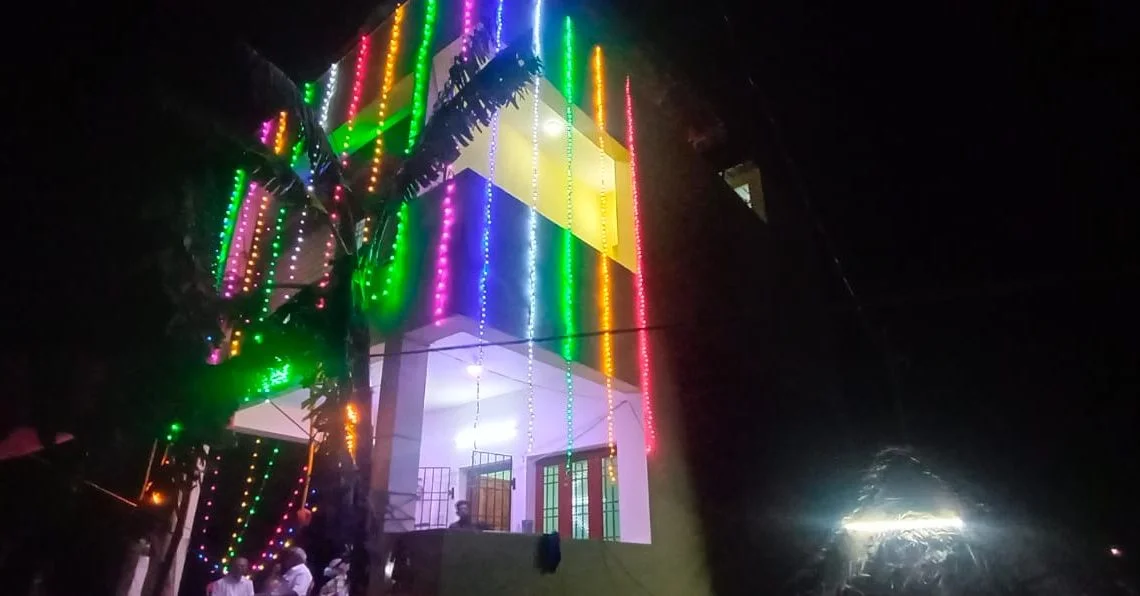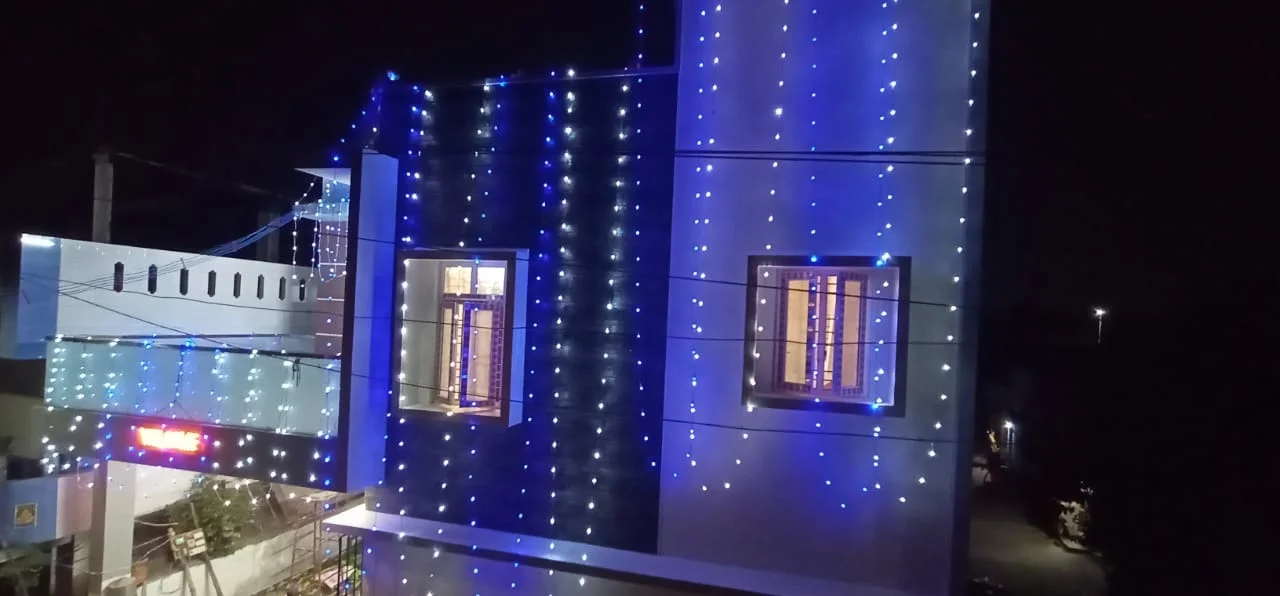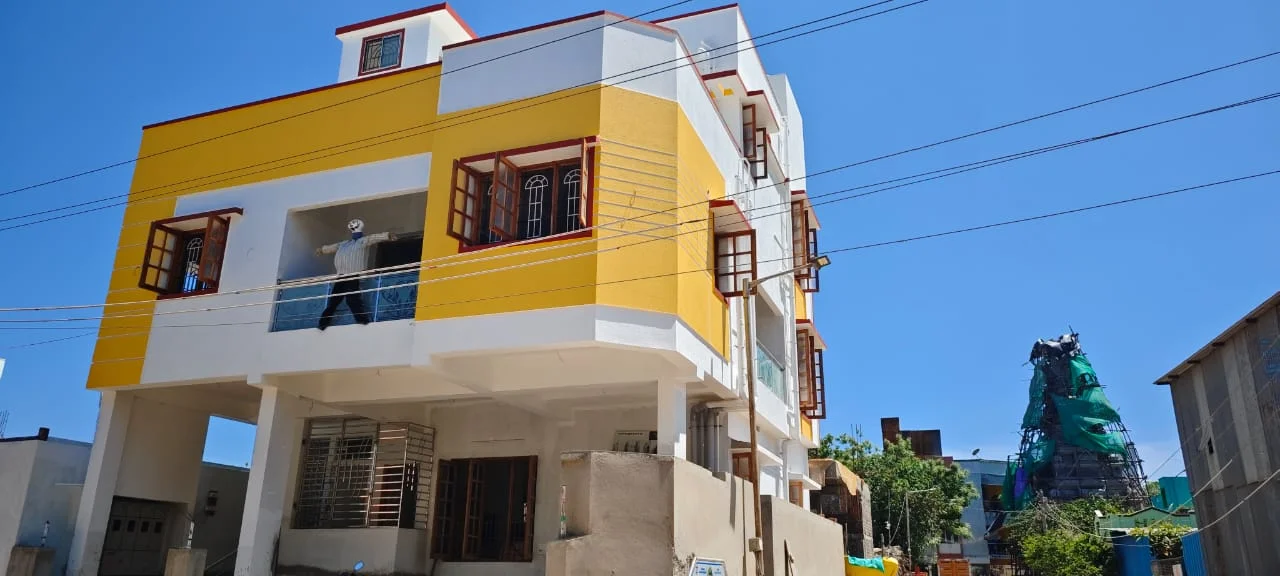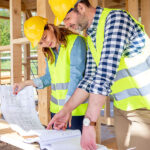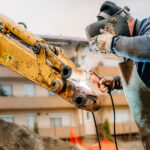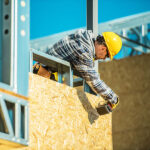- +91 99 4190 8747
- raja@rsmconstructions.co
- No: 6, Nethaji Avenue, Roshini Garage castle, Nerkundrum, Chennai - 600107
Best Commercial Construction Checklist

1naew
May 19, 2024
Construction
Best Commercial Construction Checklist 1naew August 20, 2022 Construction As a commercial construction contractor, you’re constantly on the lookout for ways to save time and money. One way to do this is to create a checklist of tasks you need to complete during a construction project – from obtaining permits to scheduling subcontractors. In this […]
As a commercial construction contractor, you’re constantly on the lookout for ways to save time and money. One way to do this is to create a checklist of tasks you need to complete during a construction project – from obtaining permits to scheduling subcontractors. In this article, we’ll provide you with the best commercial construction checklist available, so you can stay organized and save time and money during your next construction project!
What is a Commercial Construction Checklist?
Commercial construction checklist is a document that outlines the essential items that need to be considered during construction phases of commercial projects. The checklist helps to ensure that all aspects of the project are completed on time and within budget. It can also help to improve communication between contractors, ensuring that everyone is aware of their obligations and responsibilities.What are the Different Types of Construction?
Commercial construction encompasses a wide range of projects, from new construction to renovations. This guide will help you choose the right type of construction for your project and provide a checklist to help make the process smoother. New Construction The most common type of commercial construction is new construction. This involves creating a brand new structure from scratch. New construction can be challenging, but it offers a lot of opportunities for creativity and design. Renovation Another common type of commercial construction is renovation. This involves improving or changing an existing structure. Renovations can be more affordable than new construction, and they often take less time to complete. Rehabilitation Rehabilitation is another common type of commercial construction. This involves repairing or restoring an existing structure to its original condition. Rehabilitation can be more cost-effective than new construction, and it often requires less time to complete. Adaptive Reuse Adaptive reuse is another common type of commercial construction. This involves transforming an old building into something new and useful. Adaptive reuse can be expensive, but it often results in a more beautiful building that better meets the needs of the community.The Different Types of Contractors
Commercial construction is a lucrative industry, and with that comes a variety of contractors with different skillsets and techniques. To ensure a successful build, it’s important to have a well-rounded checklist of contractors to choose from. Here are three types of contractors you’ll want on your team:- Project managers: These contractors are responsible for overseeing the entire construction process from start to finish. They’re knowledgeable about construction methodology and will make sure all the pieces are in place before starting any work.
- General contractors: These contractors typically specialize in one area of construction – like building exteriors or roofs – but they can also handle other tasks, like electrical work or plumbing. Because they have more experience working on specific projects, they’re better equipped to handle unforeseen problems.
- Subcontractors: Subcontractors are crucial to the success of any commercial project – they’re responsible for delivering the goods on time and under budget. It’s important to choose subcontractors who have the skills and experience you need, and who you can trust not to sabotage your project.
The Different Types of Materials Used in Construction
Construction materials can be divided into two types: permanent and temporary. Permanent materials, such as bricks and mortar, are used in construction for the long term. Temporary materials, such as wood decking and asphalt shingles, are used for specific projects and then replaced with new materials. When choosing a construction material, it is important to consider the following factors: cost, durability, flexibility, and availability. The table below provides a list of some of the most common construction materials and their characteristics.Construction Materials
Material Characteristics
Bricks Mortar Made from clay and other ingredients that are fired at high temperatures to form a strong matrix. Can be colored or tinted to match the surrounding environment. Relatively cheap and easy to install. Durable but not very flexible. Can be colored or tinted to match the surrounding environment. Asphalt Shingles Made from polymers that are heated until they become liquid then injected into molds to create a thin sheet. Easy to install because of its thinness; can withstand weather conditions well. Not very durable; will deteriorate over time. Tends to be expensive due to its high durability. Wood Decking Made from different types of trees Commercial construction can be a big project, and it can involve a lot of different materials. There are a lot of different things that can go wrong when building a commercial structure, and knowing what materials to use is important for avoiding some common problems. Here is a checklist of some of the most common types of materials used in commercial construction:- -Wood: Wood is probably the most popular material used in commercial construction. It’s affordable, easy to work with, and can be customized to fit any need. However, wood can also be very heavy, so it needs to be properly supported when building.
- -Concrete: Concrete is one of the most commonly used materials in commercial construction. It’s strong, durable, and easy to work with. However, concrete can be expensive to purchase and install, and it needs time to cure after being poured.
- -Steel: Steel is another popular material used in commercial construction. It’s strong and durable, making it a good choice for buildings that need to stand up to a lot of wear and tear. However, steel can be expensive to purchase and install, and it needs special care during installation so that it doesn’t rust.
How to Prepare for Commercial Construction
When starting commercial construction, it’s important to have a comprehensive checklist in place. This will help ensure that the project is done correctly and on time. Here are some tips on how to prepare for commercial construction:- Establish clear goals for the project and make sure all parties are on the same page. This will help keep everyone motivated and avoid disputes down the road.
- Get estimates from multiple contractors to get a sense of pricing and quality. This will help you get an idea of how much money you’re likely to spend, as well as what you can expect in terms of quality.
- Make sure all permits are obtained and any required approvals are in place before starting construction. This will save time and hassle down the line.
- Have a solid plan for coordination and communication with other stakeholders, such as tenants, suppliers, etc. This will help ensure that everyone is working together towards a common goal.
How to Negotiate a Commercial Construction Contract
When you’re shopping for a commercial construction contract, be sure to have a checklist in hand. Here are five tips for negotiating the best deal:- Know your budget. Start with what you’re willing to spend and work from there. Stick to your goals and don’t be swayed by offers that seem too good to be true.
- Don’t be afraid to ask for help. If you don’t know what to ask for or how to ask for it, enlist the help of a professional negotiator or contractor who can walk you through the process.
- Be prepared to walk away. Don’t let offers get too low or too high – always maintain a level head and be prepared to walk away if negotiations fail to progress satisfactorily.
- Be flexible. No construction contract is perfect – make sure you’re willing to compromise on key points in order to reach an agreement.
- Stay optimistic and keep an open mind. Even if negotiations go nowhere, don’t lose hope – chances are there’s another project out there that’s a better fit for your business.
How to Safely Work on Commercial Projects
When you’re working on a commercial construction project, it’s important to follow a safe work checklist. Follow these tips to make sure your project goes off without a hitch.- Plan your work carefully before starting construction. Make sure you know the dimensions of the building, the type of construction material you’ll be using, and any special safety requirements that apply.
- Use proper safety equipment when working on commercial projects. Wear gloves, eye protection, and a dust mask when necessary. Use heavy-duty tools and equipment that are rated for use in construction settings. Keep spectators at a safe distance.
- Follow all safety regulations when working on commercial projects. Always ensure that all workers are aware of the regulations in place and comply with them at all times. Make sure all materials are properly labeled and stored to keep them out of harm’s way.
- Stay alert while working on commercial projects. Keep an eye out for hazards such as falling debris, unstable floors, and leaking fluids or gases. If you see anything that looks unsafe, don’t hesitate to notify your supervisor right away.
